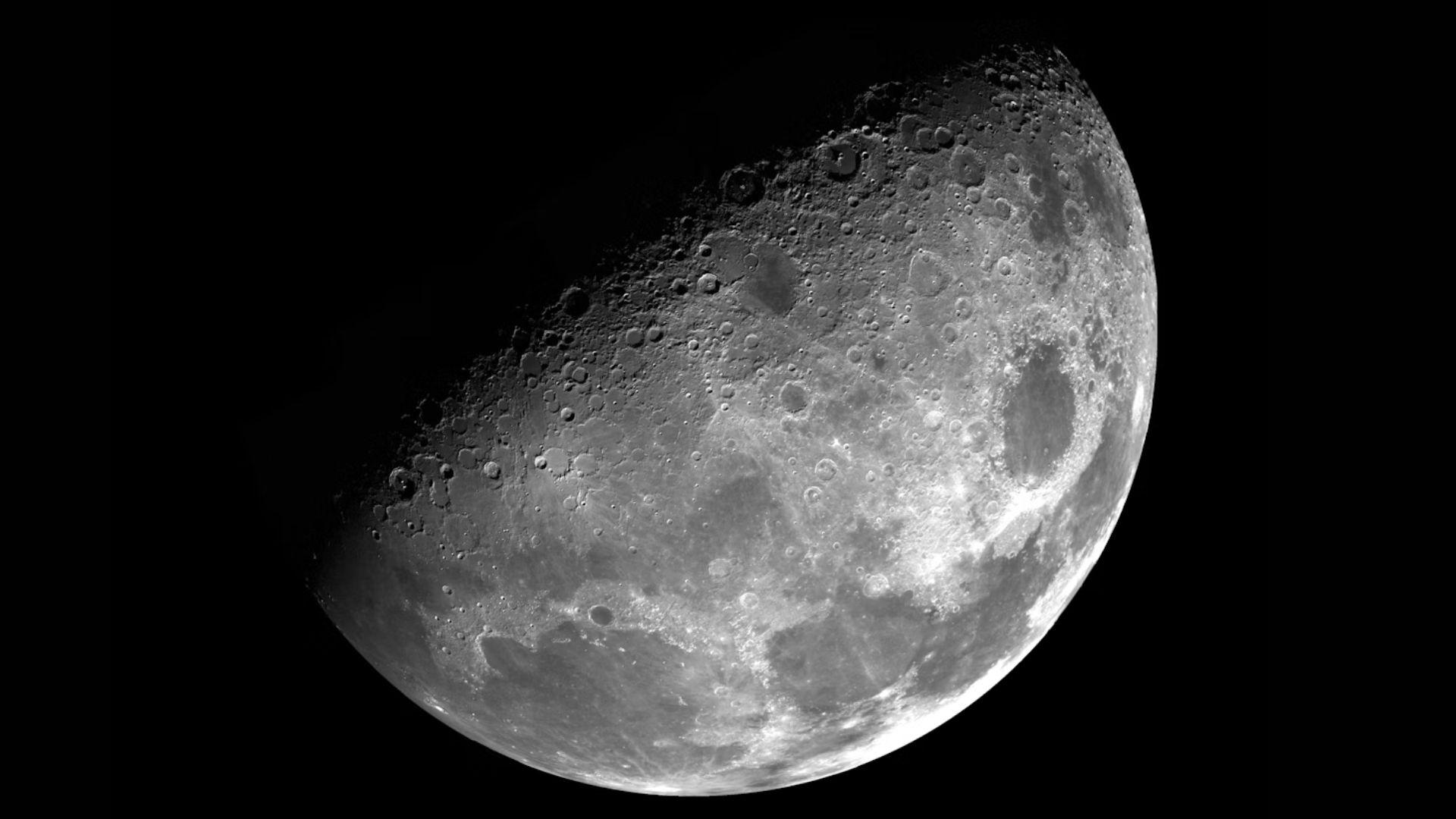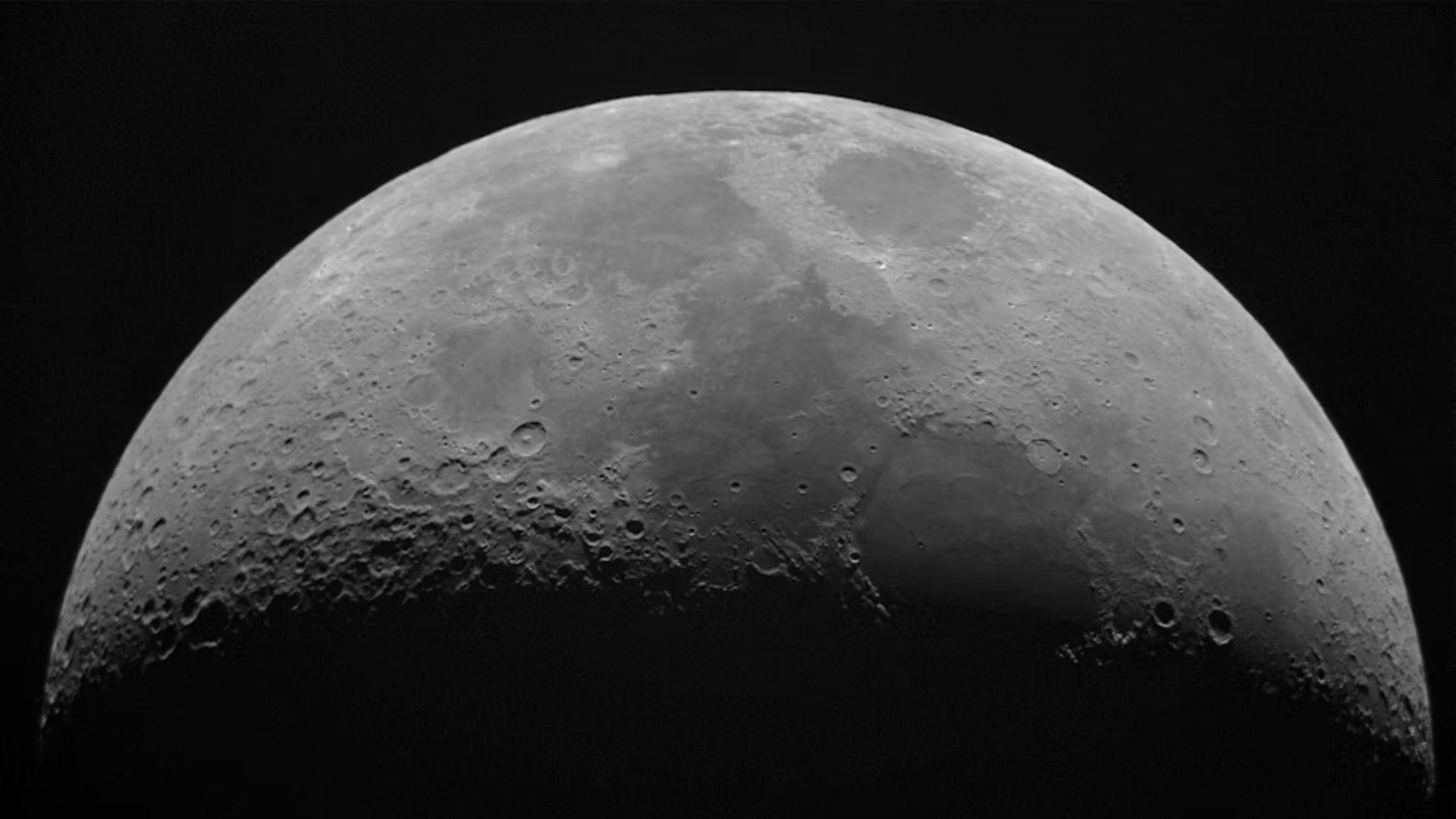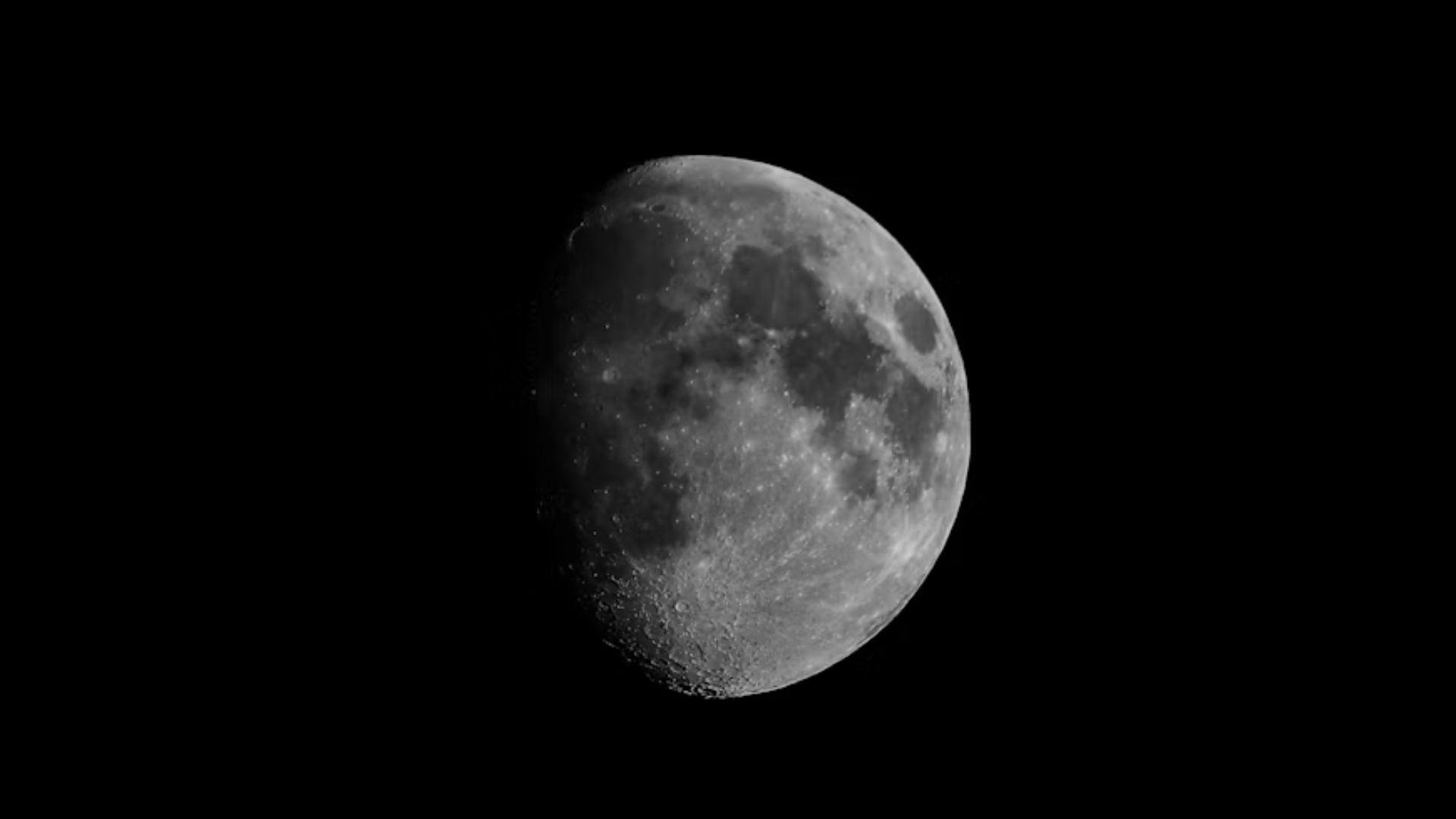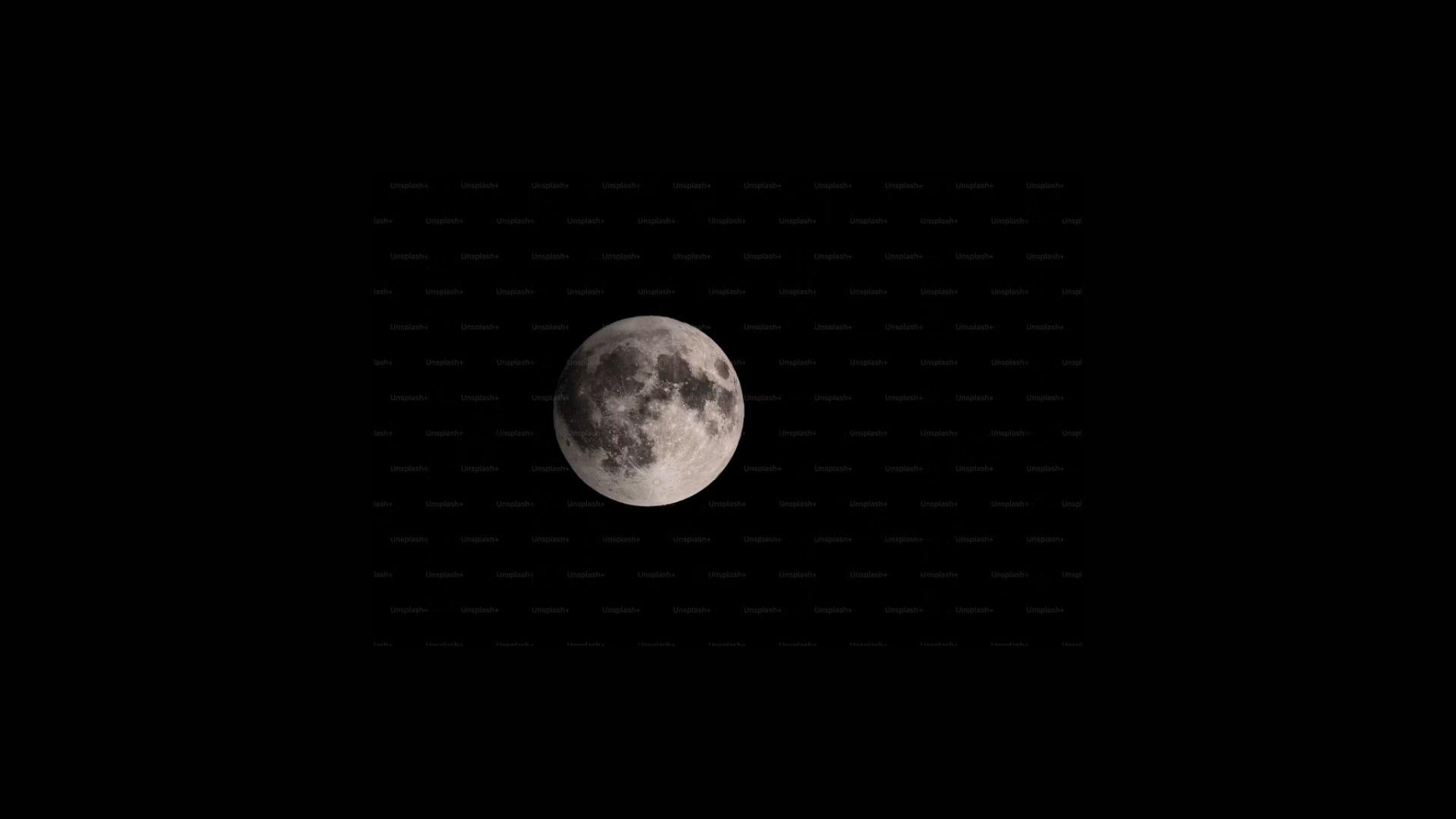In a landmark discovery, researchers have found evidence that a giant underground cave exists on the moon.
The cave, which is accessible from the moon’s surface, seems to be reachable from the Mare Tranquillitatis (Sea of Tranquillity). Researchers agree the finding could transform future manned missions to the moon.
Why New Discovery is So Significant

Because the cave is accessible from the surface of the moon, it could offer an ideal location to build a lunar base in the future.
The Mare Tranquillitatis, from which the cave is accessible, is an ancient lava plain which was traversed by Neil Armstrong and Buzz Aldrin when they walked on the moon.
Full Vastness of Cave Revealed

Radar data from NASA’s Lunar Reconnaissance Orbiter (LRO) revealed the full extent of the cave which leads from the Mare Tranquillitatis pit, the deepest known pit on the moon.
The cave is 45 meters wide and could be as much as 80 meters long. The cave lies approximately 150 meters beneath the surface and has an area equivalent to 14 tennis courts.
Expert Insight

The University of Trento’s Lorenzo Bruzzone said the cave was “probably an empty lava tube”, and said it could have huge implications for the next manned mission on the moon.
Bruzzone said the cave could serve to provide human habitat as it provides “natural shelter against the harsh lunar environment”.
The Potential of Lunar Lava Tubes: Stability, Safety, and Shelter

Pits on the moon were first spotted by lunar orbiters over a decade ago. Some are thought to connect to underground caves such as lava tubes, which are giant underground tunnels formed via the volcanic process.
Science journalist Ian Sample reported, “Such caves could form the basis for a moonbase or an emergency lunar shelter because the temperature is relatively stable inside and astronauts would be naturally shielded from harmful cosmic rays, solar radiation and micrometeorites.”
New Discovery Holds Key To Learning About Moon’s Hidden Depths

Researchers used LRO data and computer-run simulations to show that the giant pit leads to a sloping floor and a cave that extends westwards by tens of meters.
Researchers want to further study the rocks inside the caves as they may hold information about volcanic history and the moon’s formation.
Previous Landmark Discoveries

So far, over 200 pits have been found on the moon – many of which have been found on lava fields, offering entrances to cavernous subterranean lava tubes.
Leonardo Carrer, a co-author of the new study said, “The main advantage of caves is that they make available the main structural parts of a possible human base without requiring complex construction activities.”
What Study Means For Humans Returning To The Moon

Sample reports, “In preparation for humans returning to the moon, space agencies are already wondering how to assess the structural stability of caves and reinforce their walls and ceilings.”
He adds, “Habitats may also need monitoring systems to warn of movement or seismic activity and have separate areas for astronauts to retreat to should sections of their cave collapse.”
Science Professor Weighs In

Katherine Joy, professor in earth sciences at the University of Manchester. said, “Lunar cave systems have been proposed as great places to site future crewed bases, as the thick cave ceiling of rock is ideal to protect people and infrastructure from the wildly varying day-night lunar surface temperature variations and to block high energy radiation which bathes the lunar surface.”
However, she added, “We currently know very little about the underground structures below these pit entrances.”
Major Challenges Persist

Arizona State University professor Robert Wagner said access to the cave will remain a central issue. “It’s certainly possible to get in and out, but it will take a significant amount of infrastructure,” he said.
He added, “Getting into that pit requires descending 125 meters before you reach the floor, and the rim is a steep slope of loose debris where any movement will send little avalanches down on to anyone below.”


